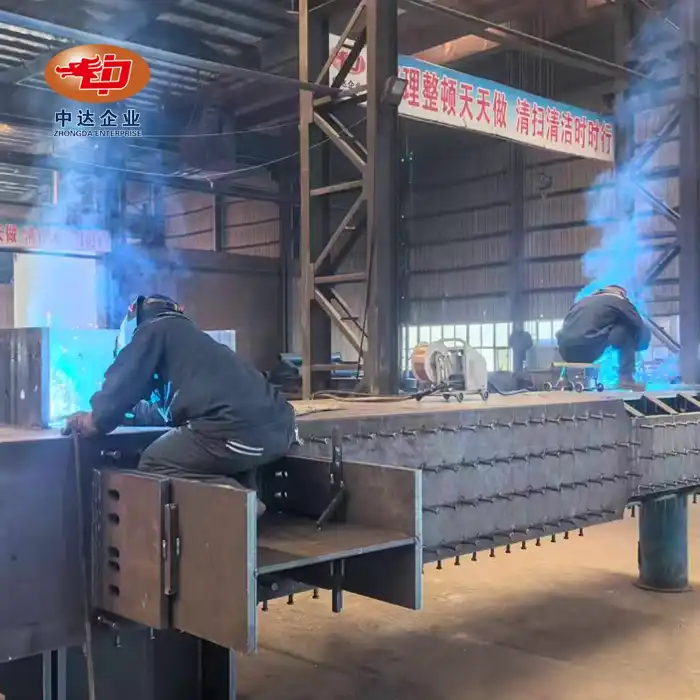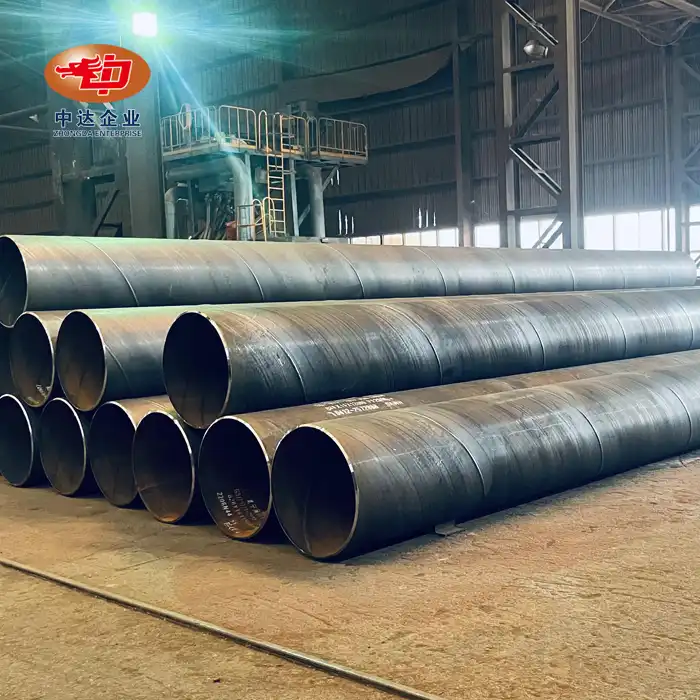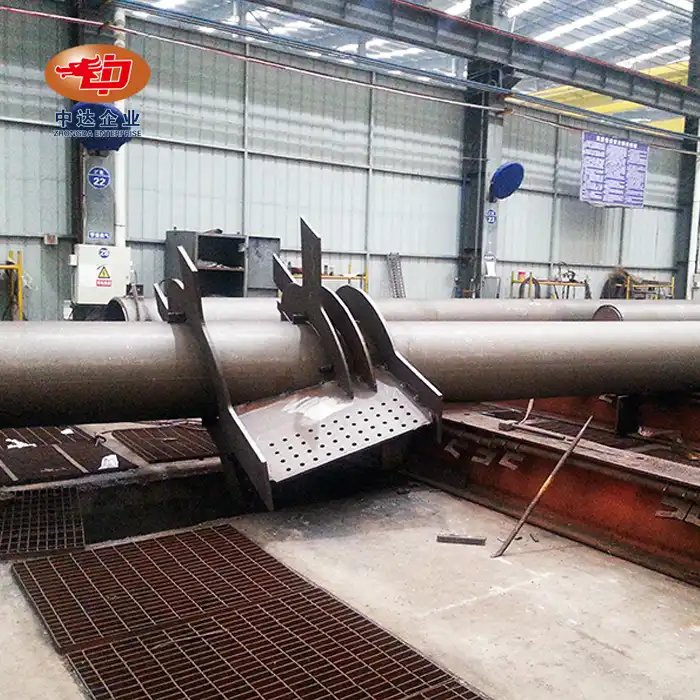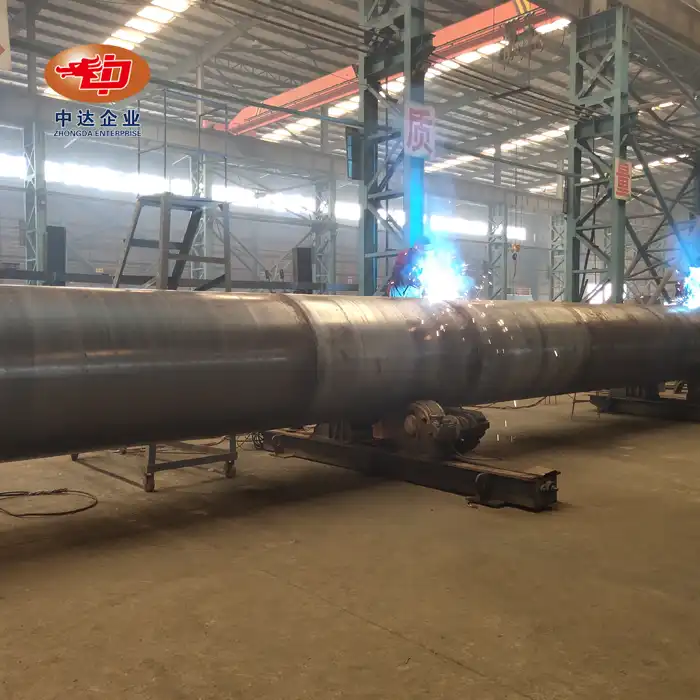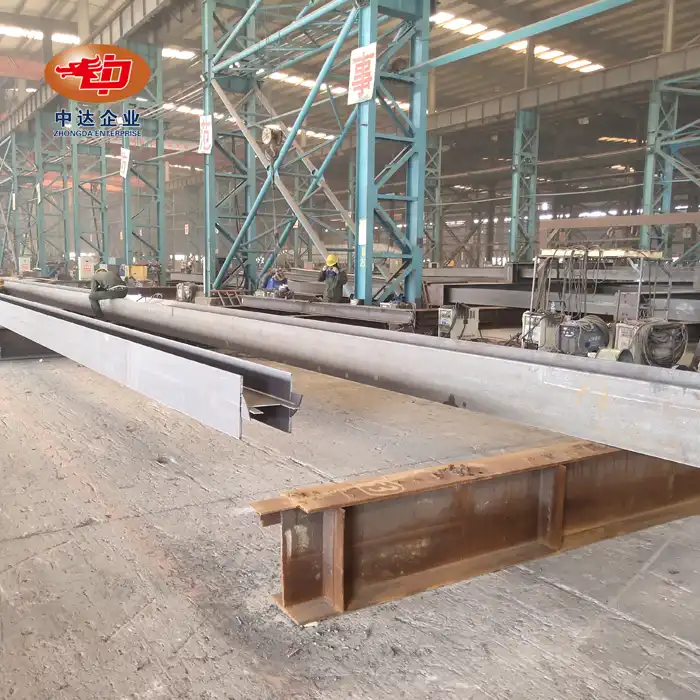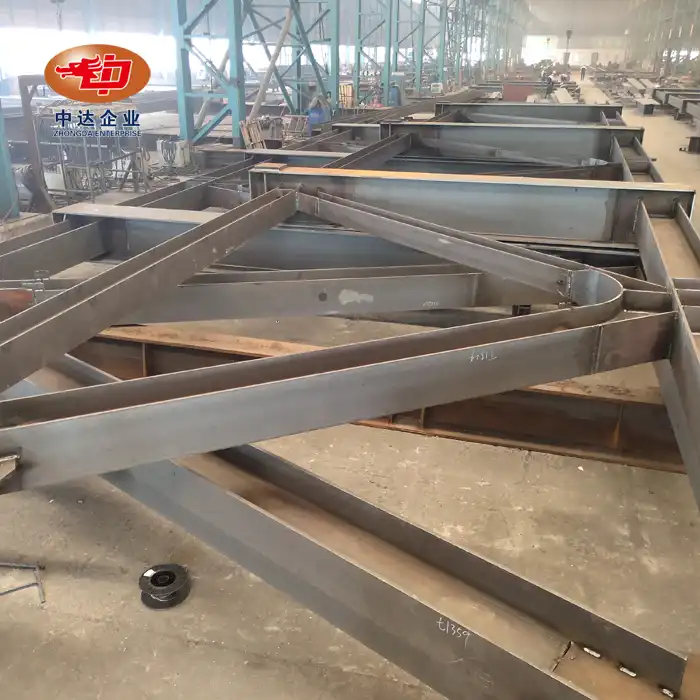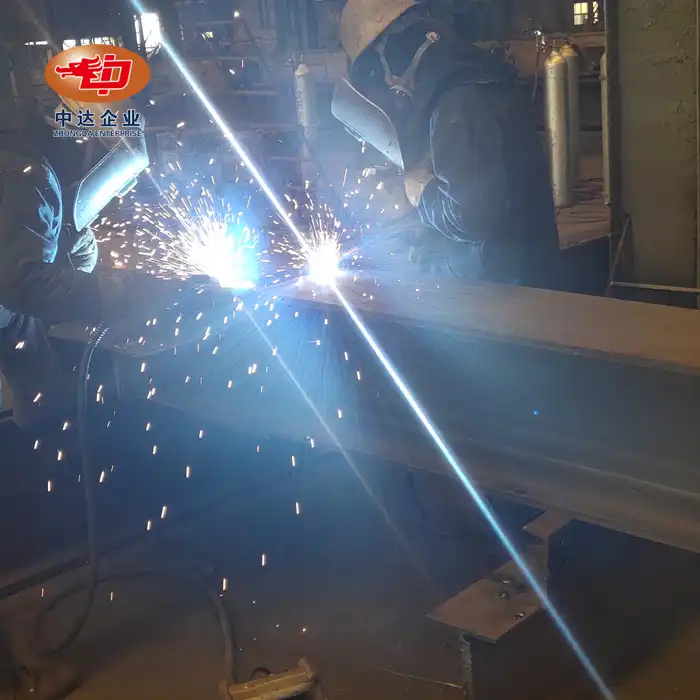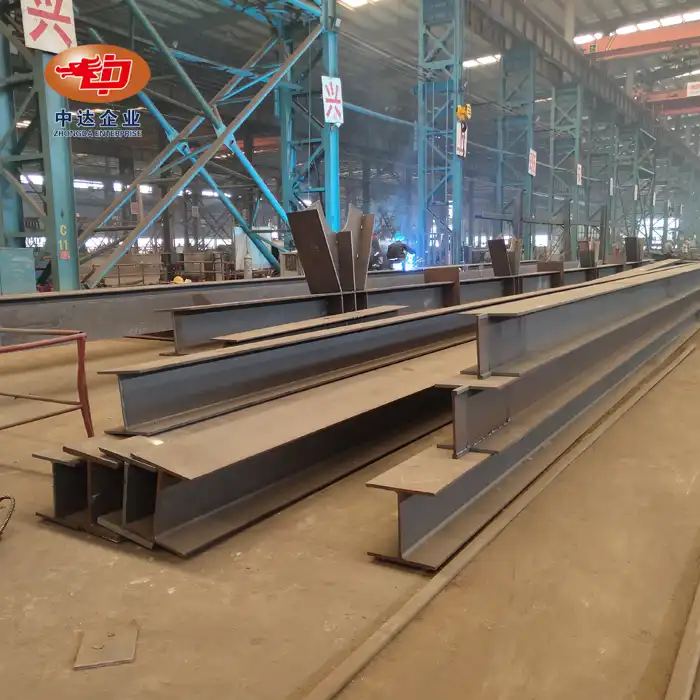At Zhongda Steel, we've been at the forefront of meeting and exceeding these standards since 2004. Our state-of-the-art 120,000 m2 facility, equipped with cutting-edge technology like BIM-driven prefabrication and ultra-thick plate cutting (±0.2mm precision), allows us to deliver top-quality steel structures globally. With certifications including ISO 9001/14001/OHSAS 45001 and EN 1090, we're committed to maintaining the highest quality standards in every project we undertake.
Global Quality Standards for Steel Structures
International Organization for Standardization (ISO) Requirements
ISO standards play a pivotal role in ensuring the quality and consistency of steel structures across international borders. These standards cover various aspects of steel production, fabrication, and construction. ISO 3834, for instance, sets the quality requirements for fusion welding of metallic materials, crucial for maintaining structural integrity. Additionally, ISO 14731 outlines the responsibilities and duties of welding coordination personnel, ensuring proper oversight throughout the manufacturing process.
Adherence to these standards not only guarantees the quality of the final product but also streamlines international trade by providing a common language for quality assurance. For exporters, compliance with ISO standards often serves as a passport to global markets, opening doors to new opportunities and partnerships.
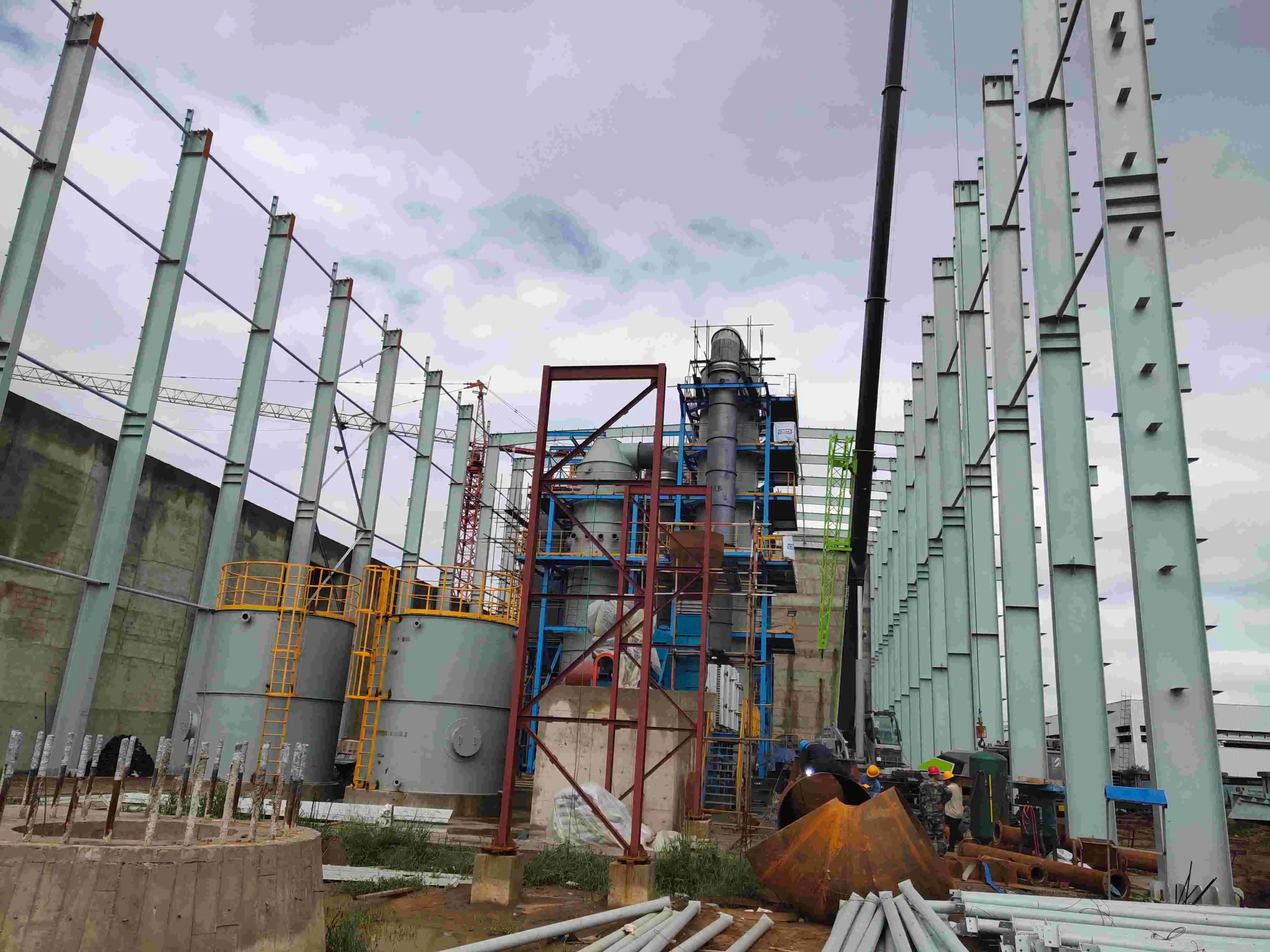
European Standards (EN) for Steel Construction
The European Standards, particularly EN 1090, have become increasingly important for steel structure exports to the European Union and beyond. EN 1090 consists of three parts, with EN 1090-2 specifically addressing the technical requirements for the execution of steel structures. This standard covers everything from material selection to fabrication processes, welding procedures, and quality control measures.
Compliance with EN 1090 is mandatory for steel structures sold within the EU, making it a crucial consideration for global exporters. The standard ensures that steel structures meet rigorous safety and performance criteria, providing assurance to buyers and regulatory bodies alike. Mastery of these standards can significantly enhance a manufacturer's competitive edge in the international market.
American Society for Testing and Materials (ASTM) Standards
ASTM International provides a comprehensive set of standards that are widely recognized and adopted globally, particularly in North America. For steel structures, standards such as ASTM A992 for structural steel shapes and ASTM A36 for carbon structural steel are fundamental. These standards define the chemical composition, mechanical properties, and testing requirements for steel used in construction.
Understanding and implementing ASTM standards is crucial for exporters targeting the North American market or projects that specify ASTM compliance. These standards ensure that steel structures meet the stringent requirements for strength, ductility, and overall performance expected in modern construction projects.
Quality Control Processes in Steel Structure Manufacturing
Material Inspection and Testing
Quality control in steel structure manufacturing begins with rigorous material inspection and testing. This process ensures that the raw materials used meet the specified standards for chemical composition, mechanical properties, and dimensional accuracy. Advanced techniques such as spectrographic analysis and ultrasonic testing are employed to verify material quality.
At Zhongda Steel, we've implemented a comprehensive material testing protocol that goes beyond basic requirements. Our state-of-the-art testing facilities allow us to perform in-depth analysis, ensuring that every piece of steel used in our structures meets or exceeds international standards. This meticulous approach to material quality forms the foundation of our reputation for excellence in steel structure manufacturing.
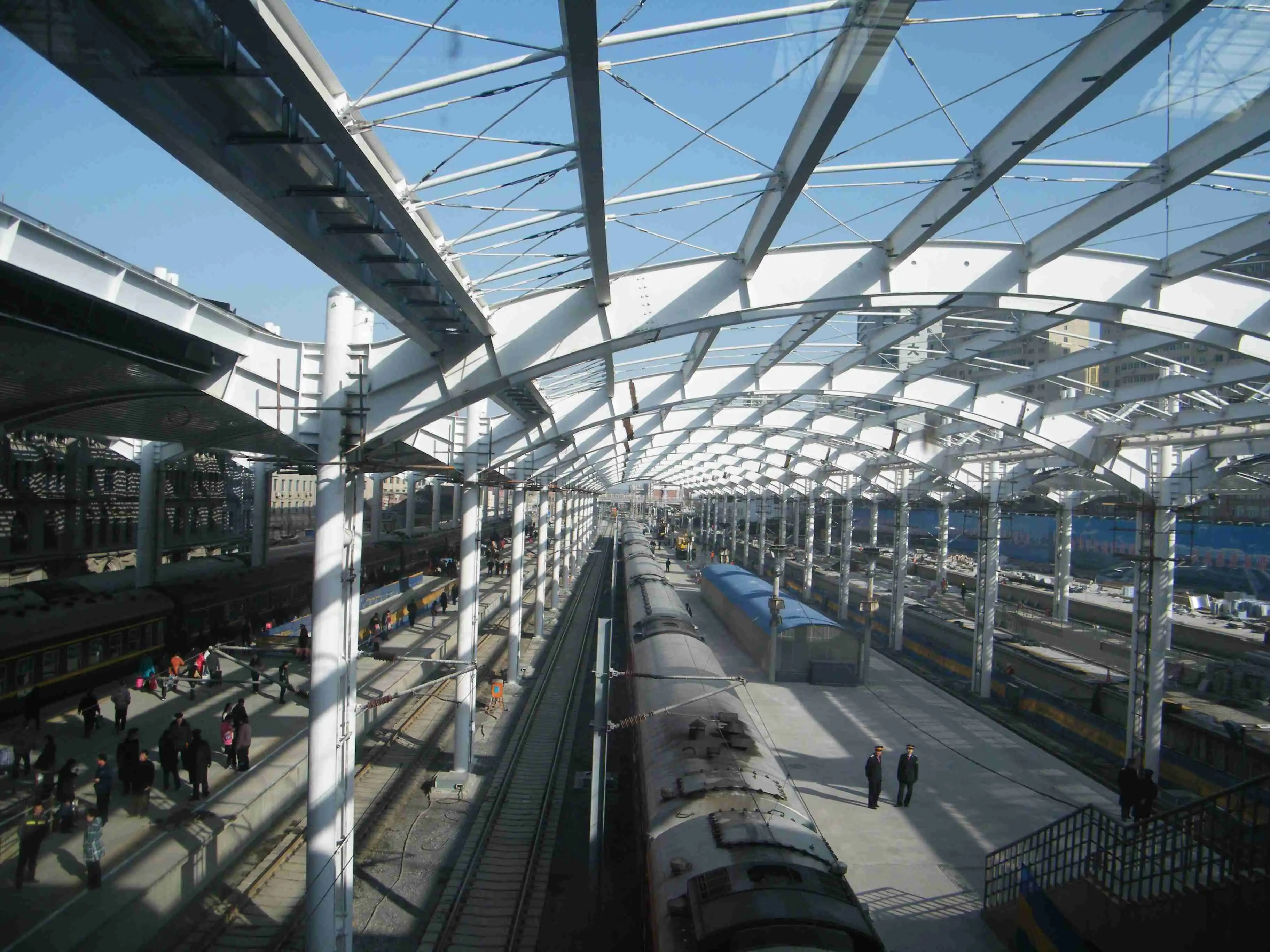
Welding Process Control and Certification
Welding is a critical process in steel structure fabrication, and maintaining strict control over welding procedures is essential for ensuring structural integrity. This involves developing and qualifying welding procedure specifications (WPS), certifying welders, and implementing rigorous quality control measures during the welding process.
Our facility employs advanced welding technologies and adheres to international welding standards such as AWS D1.1 and ISO 3834. We maintain a team of certified welders and welding inspectors who undergo regular training and assessment to stay abreast of the latest techniques and standards. This commitment to welding excellence enables us to consistently produce high-quality, durable steel structures that meet the most demanding export requirements.
Dimensional Accuracy and Tolerance Management
Achieving and maintaining dimensional accuracy is crucial for the successful assembly and performance of steel structures, especially in large-scale projects. Modern steel structure manufacturing employs advanced measurement and control systems to ensure that components are fabricated within specified tolerances.
Zhongda Steel's ultra-thick plate cutting technology, with a precision of ±0.2mm, exemplifies our commitment to dimensional accuracy. We utilize 3D scanning and BIM (Building Information Modeling) technologies to verify dimensions throughout the fabrication process, ensuring perfect fit and alignment during assembly. This precision not only facilitates easier on-site installation but also contributes to the overall quality and longevity of the structures we produce.
Export Documentation and Compliance
Certificates of Conformity and Material Traceability
Exporting steel structures requires meticulous documentation to demonstrate compliance with relevant standards and specifications. Certificates of Conformity (CoC) play a crucial role in this process, providing detailed information about the materials used, manufacturing processes, and quality control measures implemented. These certificates serve as a guarantee that the steel structures meet the required standards and specifications.
Material traceability is another critical aspect of export compliance. It involves maintaining detailed records of material sourcing, processing, and testing throughout the manufacturing process. This traceability ensures that in the event of any quality issues, the source can be quickly identified and addressed. At Zhongda Steel, we employ advanced tracking systems and comprehensive documentation practices to ensure full traceability of all materials used in our export projects.
Packaging and Shipping Regulations
Proper packaging and adherence to shipping regulations are essential for protecting steel structures during transit and ensuring compliance with international trade requirements. Export packaging must be designed to withstand the rigors of long-distance transportation, including exposure to various environmental conditions.
Our expertise in global logistics allows us to optimize packaging solutions for different types of steel structures and transportation methods. We work closely with shipping partners to ensure compliance with international maritime regulations, including the International Maritime Dangerous Goods (IMDG) Code for any components that may require special handling. This attention to detail in packaging and shipping is crucial for maintaining the quality and integrity of steel structures from factory to construction site.
Customs Clearance and Import Regulations
Navigating the complexities of customs clearance and import regulations is a critical skill for successful steel structure exports. Different countries have varying requirements for importing steel structures, including tariffs, quotas, and specific documentation needs. Understanding these requirements and preparing accordingly can prevent delays and additional costs in the export process.
Zhongda Steel's experience in global exports has equipped us with in-depth knowledge of customs procedures in various markets. We provide comprehensive support to our clients throughout the export process, ensuring all necessary documentation is prepared accurately and in compliance with both export and import regulations. This expertise helps streamline the customs clearance process, facilitating smoother and more efficient project delivery worldwide.
Conclusion
Understanding and adhering to export quality standards for steel structures is paramount in today's global construction industry. From material selection and fabrication processes to documentation and shipping, every aspect of steel structure manufacturing must meet rigorous international standards. By prioritizing quality control, embracing advanced technologies, and staying informed about global regulations, manufacturers can ensure their steel structures not only meet but exceed export quality standards, opening doors to new markets and opportunities worldwide.
Contact Us
Ready to elevate your steel structure projects to global standards? Partner with Zhongda Steel for unparalleled quality, precision, and expertise. Our state-of-the-art facility, certified processes, and global experience ensure your projects meet the highest international standards. From Arctic bridges to industrial hubs, we deliver excellence across borders. Contact us at Ava@zd-steels.com to discover how our innovative solutions can bring your vision to life, anywhere in the world.











